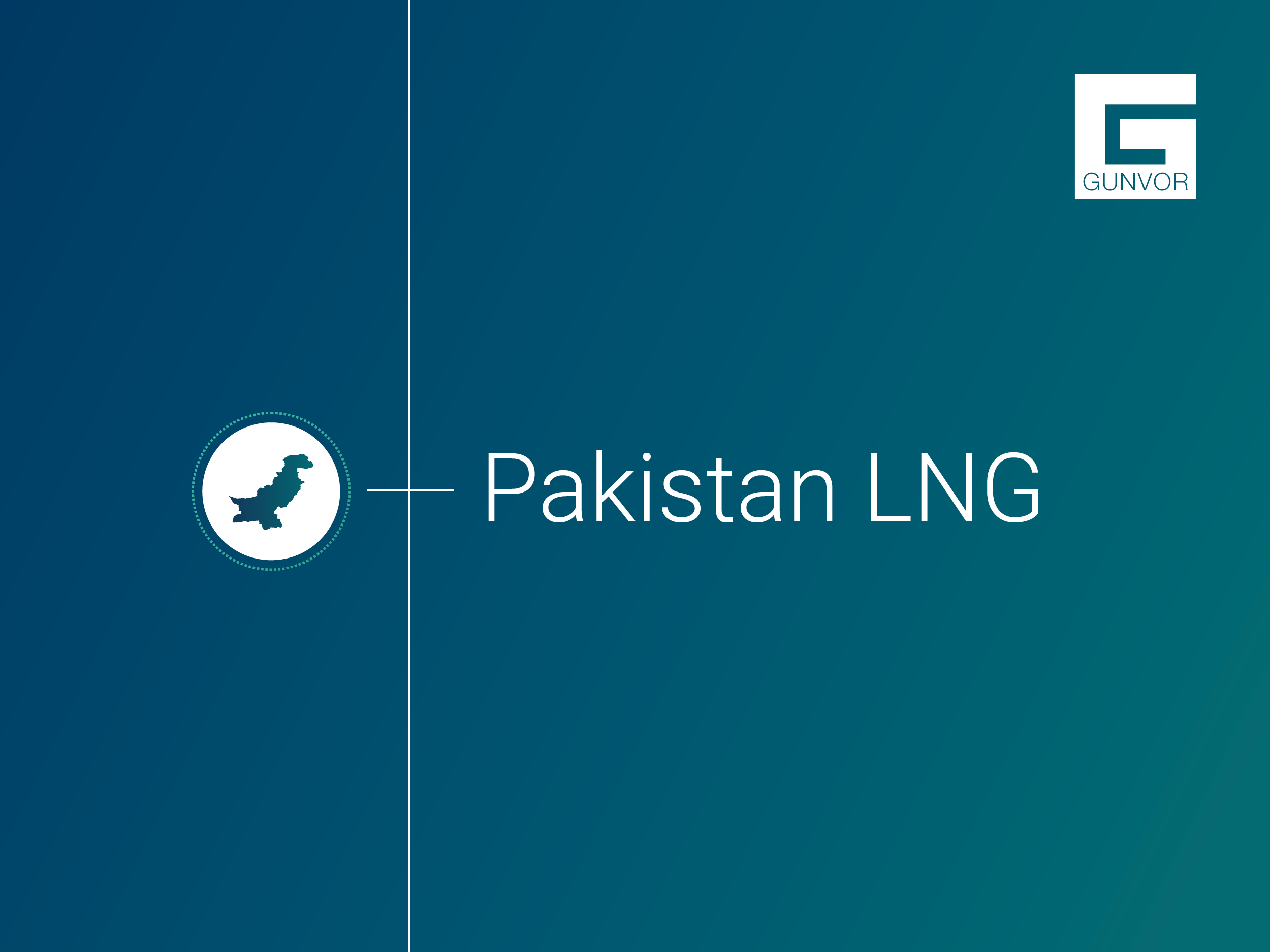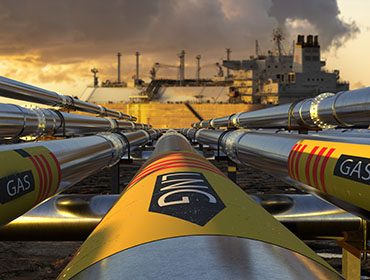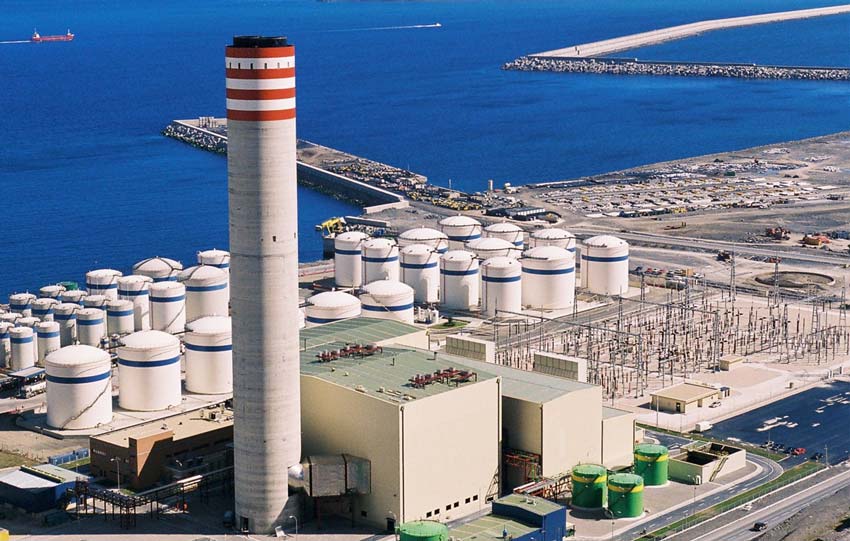Despite having its business model tested during the first half of 2020 commodities trader Gunvor’s robust risk managementRisk Management in the context of energy commodities trading refers to the identification, assessment, and prioritization of uncertainties followed by coordinated and economical application of resources to minimize, monitor, and... Read more and strong market analysis helped it produce its best second quarter ever, according to CEO Torbjorn Tornqvist. Here, Tornqvist explains how Gunvor is well positioned to take advantage in a growing market for LNG, as well as discussing how its European refining operations have been adapted in response to Covid-19 and the firm’s view of the renewables**Renewables** Renewables, short for renewable energy sources, refer to energy that is collected from resources that are naturally replenished on a human time scale, such as sunlight, wind, rain, tides,... Read more sector, where it sees plenty of opportunity.
EI: The second quarter of this year produced a “super-contango” the likes of which we have never seen before (EIF Jun.3’20). In this new era of global uncertainty caused by Covid-19, can you see this degree of turbulence returning to the oil markets?
Törnqvist: The sell-off was created by a combination of several extraordinary factors. Starting with a misjudged Opec meeting in March, which resulted in free-for-all production at a time when we saw demand collapse like never in history. As a consequence, there was a massive oversupply to the tune of 20 million-30 million barrels for a short period of time. It is very hard to see this combination of circumstances hitting the market again in the foreseeable future.
EI: It is often said that “volatility**Volatility** In the context of energy commodities trading, volatility refers to the degree of variation in the price of a commodity over a certain period of time. It is a... Read more is a trader’s best friend.” Does this adage still hold true, or does market turbulence also bring risks with it?
Törnqvist: Gunvor’s business model was really tested during the first half. Our risk management is robust and our market analysis is well developed. We managed to take advantage of the contango in the second quarter, as well as correctly read the volatility for oil. It is important to point out that for Gunvor, commodities not related to the oil collapse and contango also contributed to profits during this period. Obviously, it would be hard to have strong earnings without some volatility.
EI: You have indicated that this will be a very good year for the company financially. On the back of the Q2 meltdown, are you expecting net profits to exceed last year’s?
Törnqvist: We do not publish details during the year, but we can say the second quarter was the best quarter we have ever recorded due to the set of circumstances already described. Gunvor’s volumes of oil and liquid gas are steady at approximately 2.8 million barrels per day, which is more than sufficient for us to have a high return on equity. Market conditions since July have been more challenging than during the first half, and we have adjusted our trading accordingly. Earnings are back to “normal” expectations.
EI: Gunvor is the largest trader of LNG, volumetrically, of all the trading firms. What is the secret to this exponential growth, and what will you have to do to sustain it in this current era of low gas prices?
Törnqvist: Our LNG trading is truly global, based on long- and medium-term contracts, both on the supply and delivery sides. We are managing a sizable fleet of ships, and the sheer size of the book creates substantial optionalityOptionality refers to the feature embedded in certain financial contracts that gives the holder the right, but not the obligation, to execute a transaction at a predetermined price, within a... Read more in the spot market Read more. We believe the LNG market will grow for years to come. In our view, it is an important piece of any future energy mix, vis-à-vis the Energy TransitionEnergy Transition refers to the global shift from reliance on fossil fuels such as coal, oil, and natural gas towards more sustainable and renewable energy sources like solar, wind, hydroelectric,... Read more.
EI: Can you afford to keep the three European refineries you own running, or will you have to consider selling or closing them?
Törnqvist: Early on during the Covid crisis, we concluded there would be a surplus of refining capacity globally for a long time to come, even after the pandemic subsides, and especially so in Europe. We took the decision to mothball our Antwerp refinery. We will, however, continue terminal activities at the site, as well as assess future development opportunities for the land and existing units. In Rotterdam, we shut down the refinery’s two crude units, and operations will now focus on the desulfurization of high-sulfur products, the production of gasoline and the processing of biofuelsBiofuels are a category of energy sources derived from biological materials (biomass), such as plants and animal waste. These fuels are considered to be renewable because the feedstock used in... Read more. The Ingolstadt facility is a top-quartile European refinery with strong location advantage.
EI: Traders such as Trafigura, Vitol and Mercuria have announced ventures to move into renewables. Is this an area you are looking into closely?
Törnqvist: We are looking very closely at renewables and see plenty of opportunities. There is no silver bullet to the climate changeClimate Change Climate change refers to the long-term alteration in the average weather patterns that have come to define Earth’s local, regional, and global climates. These changes have a broad... Read more issue. Many solutions are needed. As far as Gunvor is concerned, we have committed to reduce the carbon footprint of the commodities we’re trading and our industrial processes. We have stopped trading coal and acquired two biofuel plantsBiofuel Plants Biofuel plants refer to the facilities where various types of biofuels are produced. Biofuels are renewable energy sources derived from biological materials such as crops, waste plant materials,... Read more in Spain. Today, about 50% of our trading is Energy Transition commodities, including biofuels, natural gasNatural Gas Natural gas is a naturally occurring hydrocarbon gas mixture consisting primarily of methane (CH4), but commonly includes varying amounts of other higher alkanes, and sometimes a small percentage... Read more and LNG. The commodity mix we are trading has a lower carbon footprint than it used to have. … And, as a part of the Rotterdam [refinery] processes, we create hydrogenHydrogen is the simplest and most abundant chemical element in the universe, represented by the symbol H and the atomic number 1. In standard conditions for temperature and pressure, hydrogen... Read more, which we are studying as well.
As for investments, we have targeted 10% of net equity to be spent on non-(fossil fuel) energy solutions over the next couple years. We are currently assessing various options. For example, we believe that carbon capture solutions are required to meet zero-emissions goals, given the reality that hydrocarbons will still be a necessary part of the future energy mix. Batteries are also an area of interest because of their need to help manage the intermittent nature of renewables, such as solarSolar In the context of energy commodities and power generation, "solar" refers to the utilization of energy from the sun to produce electricity or heat. This process is harnessed through... Read more and wind … Power is not a commodity, per se. Renewables, like solar and wind, produce energy, and the “logistics” would include batteries, smart grids, and power lines. Power trading and related investments will be more important for Gunvor as we go forward. There is also a lot of excitement for hydrogen right now, and if there is success with it, it stands a good chance to be commoditized.
We shouldn’t forget that at the end of the day all our trading activities need to be done on a commercial basis. Renewables, so far, do not have the same return as oil trading, but there is potential.
EI: As banks come under greater pressure to move away from oil, do you see loans becoming harder to come by, or does Gunvor have banking relationships that will endure over the next few years?
Törnqvist: We are in constant dialogue with our banking partners, and our aim is to form a common view with them, whereby Gunvor upholds its role in the energy transition. Gunvor was the first energy trader to launch sustainability-linked financing, in which the interest rate is tied to our ability to achieve numerous criteria, such as CO2 emissions reduction in our operations. This is audited by a third-party and, so far, we’ve been successful. Banks will continue to support companies in the energy sector that integrate sustainability and the energy transition in their business model.
EI: The traders, and banks, put a much greater emphasis on compliance these days. Has this hindered your ability to develop new business, or has it been beneficial?
Törnqvist: During the last decade, we’ve spent millions of dollars building a top-tier, independent compliance department. And we’re working continuously to improve our procedures to mitigate risks in our sector, whether they relate to sanctions, corruption, market conduct, or other areas. We have a zero-tolerance policy. Every employee, including myself, must undergo mandatory annual training. We have also adopted greater transparency standards, including supporting EITI [Extractive Industries Transparency Initiative] on payments to government disclosures. After experiences from the past, we pride ourselves on upholding very rigorous compliance standards, and we do turn away from deals as a result. If we lose business, so be it.
EI: And finally, you have been in the trading business for over 30 years. Would you say it gives you the same level of excitement now as it did back in the 80s?
Törnqvist: Throughout the years, I have seen oil trading change many times over. I was in the business, working at BP, at the time of the Iranian Revolution. This resulted in massive upheaval in the energy sector and gave rise to independent oil traders. Actually, you can draw some parallels to the thinking in the oil industry then and what we’re seeing today with the energy transition — the same uncertainties, the same doubts about the future of oil. I feel very privileged to have started from this point in the early days. It provides important perspective on how we formulate a strategy where we align our use of energy, including hydrocarbons, to create a sustainable future, with a focus on climate change. Hydrocarbons will continue to be a necessary part of the future energy mix, but they need to be produced and used in a way that fully manages their emissions.








